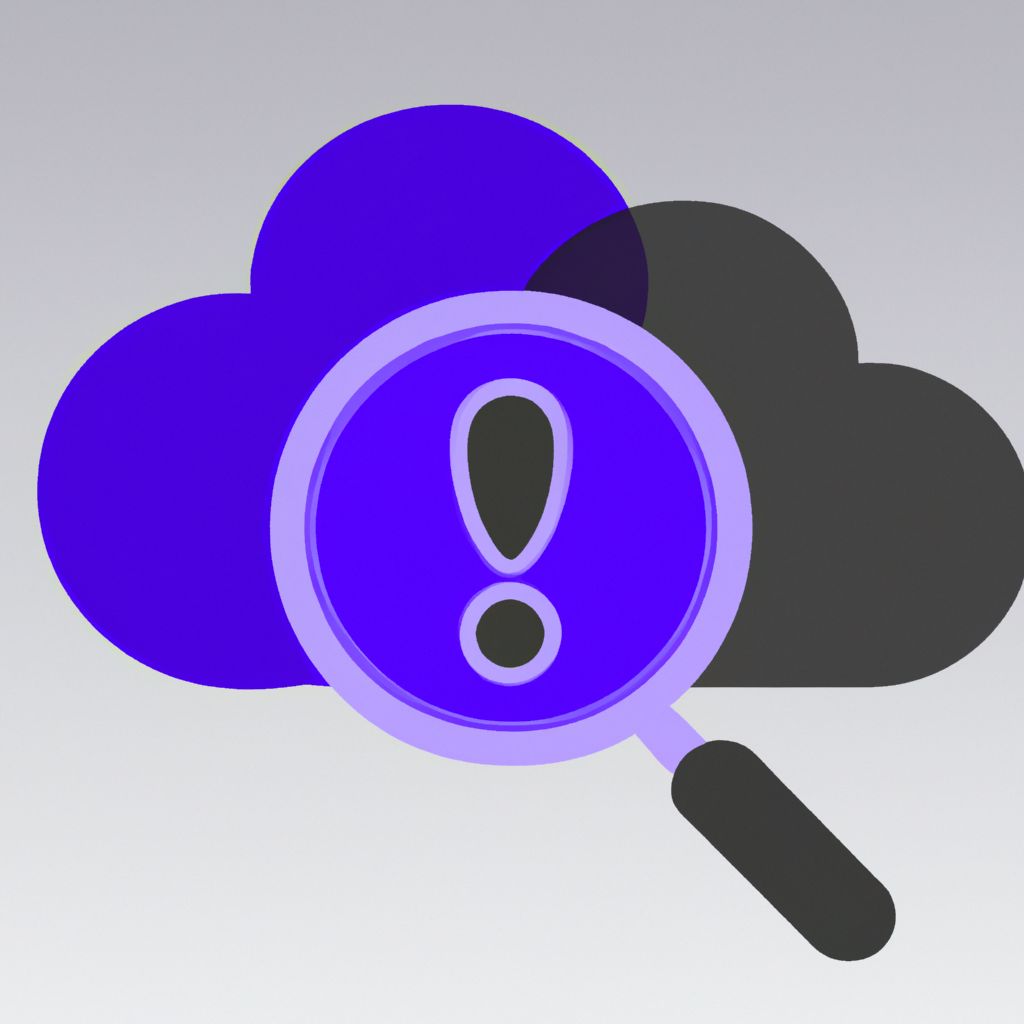Migrating to the cloud offers numerous benefits like scalability, flexibility, and cost-efficiency. However, it also introduces unique security challenges and shifts the landscape for security testing. Traditional testing methods still apply, but they must be adapted to the specific characteristics of cloud environments (AWS, Azure, GCP, etc.).
Understanding how to effectively conduct cloud security testing is crucial for protecting data and applications hosted off-premises. This article delves into the key considerations, challenges, and strategies involved.
The Shared Responsibility Model: The Foundation of Cloud Security
The most fundamental concept in cloud security is the Shared Responsibility Model. Both the Cloud Service Provider (CSP) and the customer share responsibility for security, but the division varies depending on the service model (IaaS, PaaS, SaaS):
- CSP Responsibility: Securing the underlying infrastructure (hardware, software, networking, facilities) that runs the cloud services. For PaaS and SaaS, their responsibility extends higher up the stack.
- Customer Responsibility: Securing what they put in the cloud. This always includes data, user access, and typically involves configuration, operating systems, network controls, and applications (especially in IaaS and PaaS).
Security testing must focus on the areas within the customer's responsibility. You generally don't test the CSP's core infrastructure (and are often prohibited from doing so), but you absolutely must test how you configure and use their services.
Key Focus Areas for Cloud Security Testing
While traditional application and network testing remain relevant, cloud environments demand specific focus on:
Identity and Access Management (IAM) Configuration:
- Testing: Verify least privilege principles are enforced for users, roles, and service accounts. Test for overly permissive policies, insecure key management, and proper MFA enforcement. Misconfigured IAM is a leading cause of cloud breaches.
- Tools/Techniques: IAM policy simulators, configuration review tools (e.g., Prowler, ScoutSuite), manual policy analysis.
Cloud Service Configuration:
- Testing: Audit the configuration of cloud services like storage (e.g., S3 buckets, Azure Blobs), databases (RDS, Cosmos DB), compute instances (EC2, VMs), serverless functions (Lambda, Azure Functions), and networking components (VPCs, Security Groups, Load Balancers). Look for public exposure, lack of encryption, insecure defaults, and logging/monitoring gaps.
- Tools/Techniques: CSP-native tools (AWS Config, Azure Policy, GCP Security Command Center), third-party Cloud Security Posture Management (CSPM) tools, manual reviews.
Network Security Configuration:
- Testing: Validate firewall rules (Security Groups, Network Security Groups), VPC/VNet configurations, peering connections, VPN/Direct Connect security, and load balancer settings. Ensure proper network segmentation and ingress/egress filtering.
- Tools/Techniques: Network scanning tools (use cautiously and with CSP permission), configuration reviews, network flow log analysis.
Data Security:
- Testing: Verify encryption settings (at rest and in transit) for storage, databases, and backups. Test access controls on data stores. Check for sensitive data exposure in logs or configurations.
- Tools/Techniques: Configuration reviews, data discovery tools, manual checks.
Application Security (within the Cloud Context):
- Testing: Perform standard web application/API testing (SAST, DAST, Pen Testing) on applications deployed in the cloud, paying attention to how they interact with cloud-native services and APIs. Test serverless function security (event injection, permissions).
- Tools/Techniques: Standard AppSec tools, specialized serverless security tools.
Testing Strategies for Different Cloud Models
- Infrastructure as a Service (IaaS): Customer has the most responsibility. Testing includes OS hardening, network configuration, IAM, application security, and data security within the virtualized infrastructure.
- Platform as a Service (PaaS): CSP manages the underlying platform (OS, middleware). Customer focuses on securing the applications they deploy, data security, IAM configuration, and the configuration of the PaaS service itself.
- Software as a Service (SaaS): Customer has the least responsibility, primarily focused on user access management, data configuration within the SaaS application, and integration points. Testing often involves reviewing SaaS provider security documentation and configuring available security settings.
Challenges in Cloud Security Testing
- Dynamic Environments: Cloud resources can be spun up and down rapidly, making continuous monitoring and testing essential.
- Complexity: The sheer number of services and configuration options can be overwhelming.
- Limited Visibility: Customers may have less visibility into the underlying infrastructure compared to on-premises environments.
- CSP Restrictions: Penetration testing often requires prior notification and adherence to the CSP's rules of engagement.
Conclusion
Cloud security testing requires adapting traditional security practices to the nuances of cloud platforms. A strong focus on configuration management, IAM, and understanding the shared responsibility model is paramount. By employing a combination of automated configuration scanning, vulnerability assessment, penetration testing (where permitted and appropriate), and continuous monitoring, organizations can effectively manage risks and leverage the benefits of the cloud securely.
Disclaimer: This post represents the view of the individual author that wrote it and not necessarily the view of Rarefied Inc.
Looking for professional security testing?
Based on your interest in this topic, you might benefit from our specialized security services:
